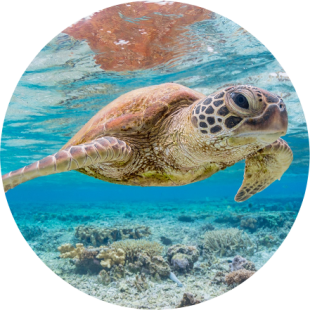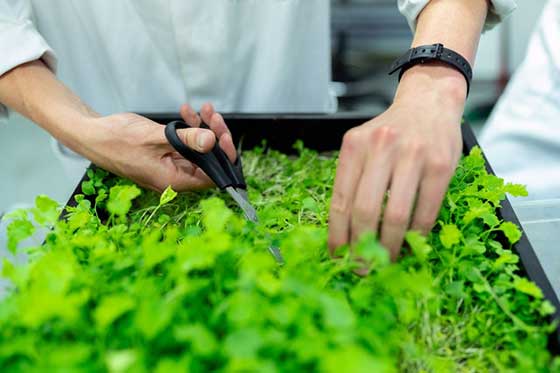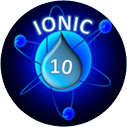Befriend Local Community
Respect Local Culture
Safeguard Our Planet



Our Story
A Path to Sustainability
The Multiprocessing Technology is the brainchild of Mr. Harry Hoffmann, code-named “Project Ionic 10” referring to ten different products produced from seawater. Mr. Harry Hoffmann has decades of experience in project consulting in energy, infrastructure, and industrial fields covering Europe, North Africa, Middle East, and other parts of Asia.
Originally commissioned by Saudi Arabia to resolve the marine environmental problems caused by desalination plants, Mr. Hoffmann capitalized on his years of experience in multiple disciplines and invented the Multiprocessing Technology which completely utilizes the seawater using almost the same energy as desalination plants do, but without rejecting the brine back into the ocean – the major problem for conventional desalination plants. The result is ten top quality GREEN products, SUSTAINABILITY (almost zero GHG emission), and significant SYNERGY which renders extracting materials from seawater economically feasible.

reduce GHG
zero emission
no land pollution
no ground waste
clean marine eco
no rejection of brine
Recognition
The multiprocessing technology has gained recognition and support from the public sectors of several countries, including the Middle East, India, Spain, Taiwan, Malaysia.
Geographic Locations
We have conducted research and survey on multiple locations and drafted a list sites for the Multi-processing Technology.
- Port of Taichung, Taiwan
- Port of Kaohsiung, Taiwan
- Cartagena, Murcia, Spain
- Pulau Indah, Selangor, Malaysia
- Tamil Nadu/Andhra Pradesh/Gujarat, India

F.A.Q.
Most frequent questions and answers
Seawater Multiprocessing uses seawater as raw material and pumps it though multiple processes arranged in a parallel fashion to produce or extract multiple valuable materials/products therefrom, 10 products to be exact, including lithium. The extraction of lithium is the most challenging part. However, thanks to the design of the Multiprocessing, large quantity of water, thermal energy, electricity, and further utility materials such as caustic soda and hydrochloric acid, all of which are required for production of lithium, are already available at the production site without extra costs, the economic efficiency increases immensely, rendering the production of lithium economically feasible and profitable. Currently, there is no competing technology to Seawater Multiprocessing.
Seawater Multiprocessing is a computerized closed-loop production process, rejects no brine back into the ocean, produces no air-, water-, or land pollution when coupled with solar/wind power, and generates significant synergy which thereby tremendously reduces production cost and enhances competitiveness of the products.
No. Our feedstock is ONLY seawater. No disturbance of the seafloor eco-system. Further no slurry sediments displacement, no noise or vibration & no light pollution. We only pump seawater to be used as raw material, and simply will NOT touch the seabed, unlike deep sea mining.
Our net Zero Carbon initiative promotes GREEN mining whereby all the processes will be powered mostly by Renewable Energy. Fully green we are when we operate with solar/wind energy. The whole value-chain of this process does not involve:
i. Waste contamination (water, air or soil pollution)
ii. Illegal deforestation
iii. longer term issues such as reclamation, thereby complementing the Green Credentials of the markets we serve.
Compared to desalination plant – No brine is rejected back into the sea. Also top quality water will be acceptably affordable, no subsidies by governments are necessary.
As against deep sea mining – It does not involve using converted terrestrial mining machineries since no excavation of seafloor is involved, and no slugs on the surface due to drawing of slurries.
No. Since the project uses seawater, the production site shall be as close to the sea as possible or near existent port, avoiding any potential social or environmental impact.
